Popular robotics
AIbox
The software and hardware of AIbox developed specifically for the AI teaching environment, with the integrated teaching mode of “teaching, learning, practicing and competition”, improve the overall teaching and learning effect.
The software and hardware of AIbox developed specifically for the AI teaching environment, with the integrated teaching mode of “teaching, learning, practicing and competition”, improve the overall teaching and learning effect.
Only logged in customers who have purchased this product may leave a review.
Related products
-
Ubtech ukit-Beginner AI Robotic kit
Read moreUbtech ukit-Beginner AI Robotic kit
The UKIT Beginner from UBTECH Education provides students with a springboard to robotics. Designed for classrooms, the UKIT Beginner and its supporting curriculum help educators reinforce STEM instruction in an engaging and hands-on way while helping students build a foundation for developing problem-solving and computational thinking skills.
-
Sliding Rail Kit
Read moreExpand Learning with Upscaling Dobot Sliding Rail Kit
An operating range of one additional meter opens up extra opportunities for extensive scaling. With the sliding rail kit, the working space of DOBOT Magician can be fully extended to enable it to perform large-scale tasks, such as long-distance picking and placing, a more extensive range of writing, drawing, or laser engraving.
-
Conveyor Belt Kit
Read moreDOBOT Conveyor Belt Kit: Stepping into a Production Line Simulation Universe
The Conveyor Kit for DOBOT Magician makes it possible to obtain a complete simulated production line. The powerful and programmable DOBOT Magician, combined with the adjustable speed, distance, and color sensor conveyor belt, is a perfect tool for creating a highly effective simulated production line or even applying it to existing factory application scenarios.

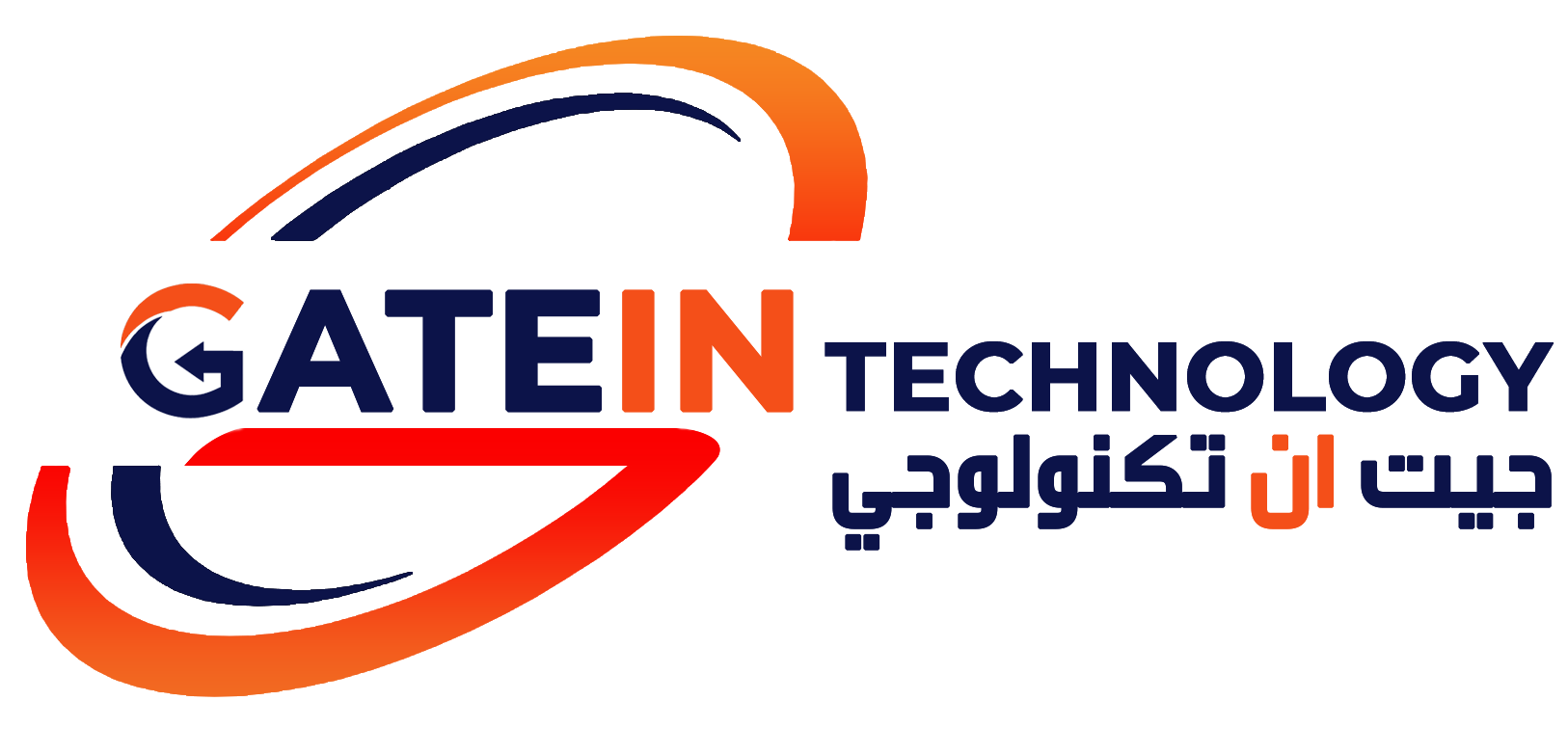
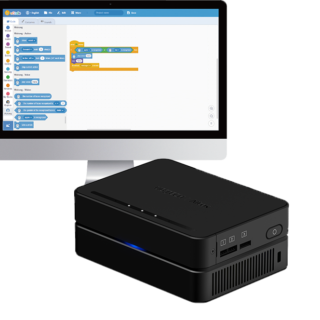
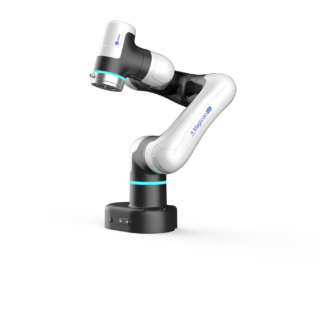

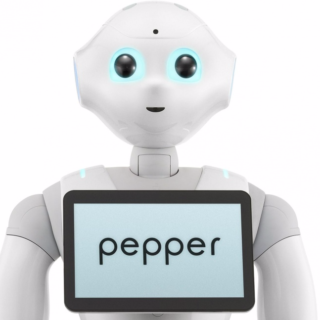


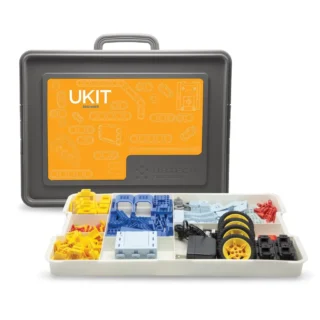

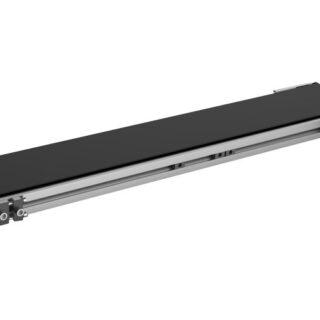

Reviews
There are no reviews yet.